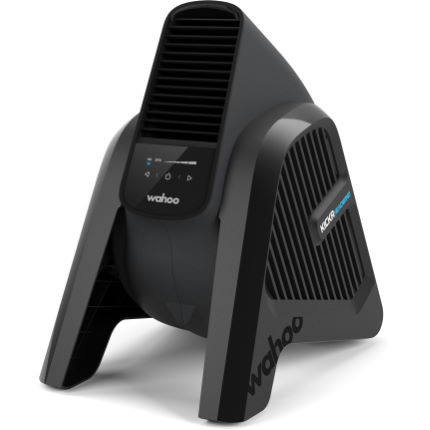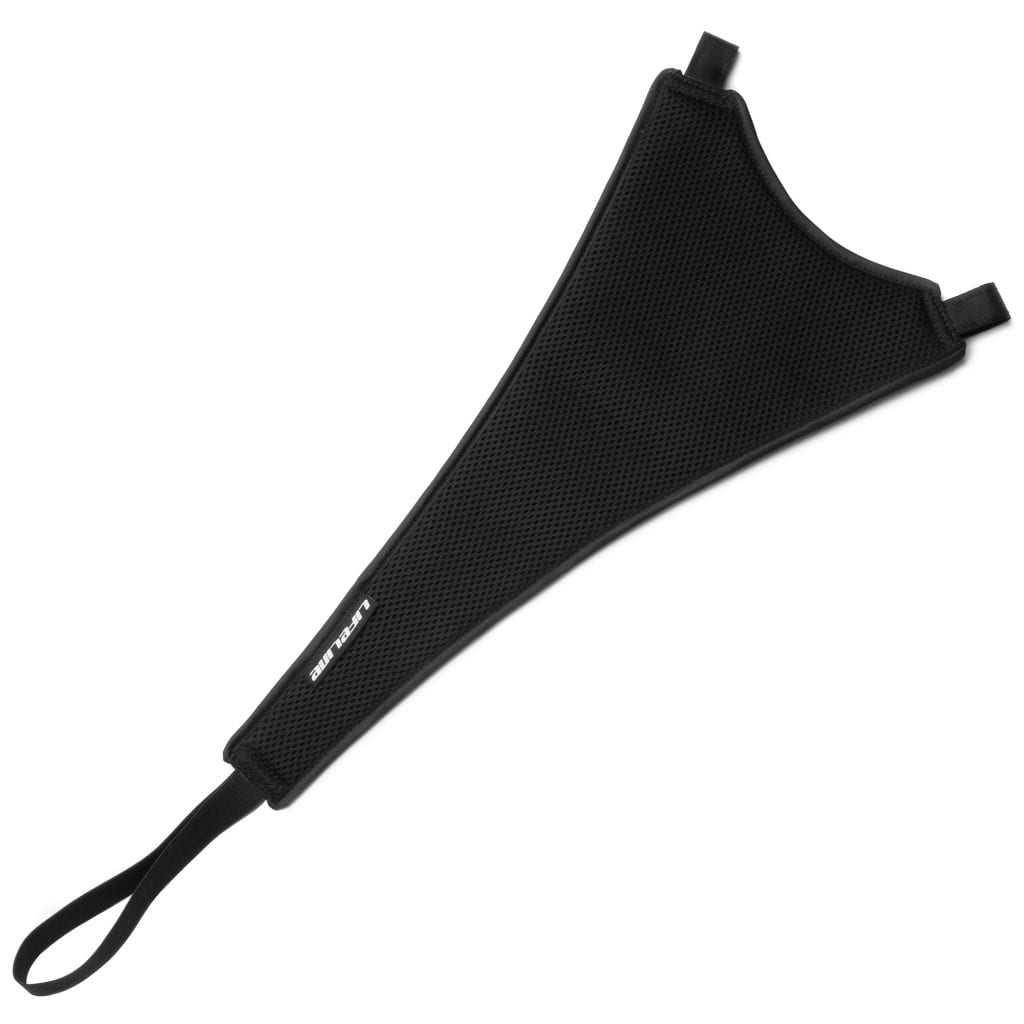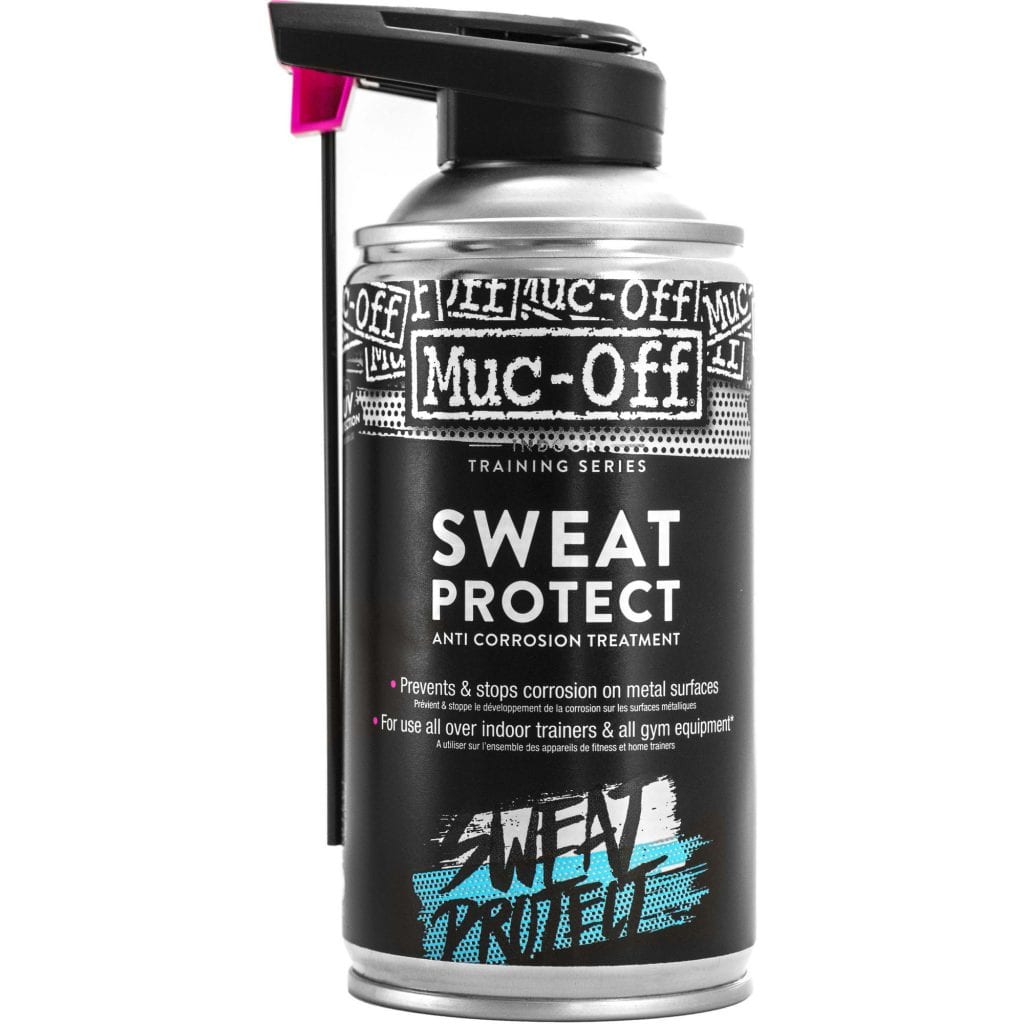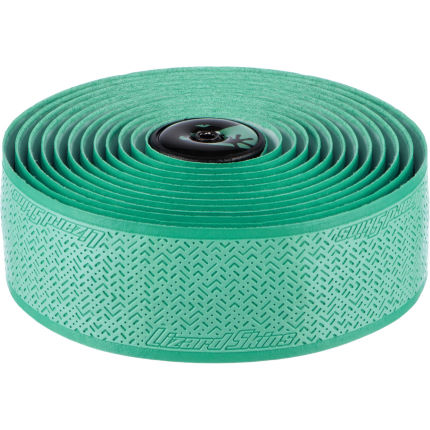Turbo trainers have been a godsend throughout all of the various lockdowns we’ve had in the last 12 months and more. The Zwift Racing League has allowed riders to race for their clubs and other groups, all whilst they can’t race and ride the same outside. The downside to riding inside has always been sweat from the immense heat generated by a rider working hard. There are notorious stories and photos of riders struggling with the heat, the sweat and ultimately hating the experience.
Table of Contents
ToggleThere’s some famous photos of handlebars, minus the bar tape, corroding with the sweat dripped onto them over hours. Some are only still together because of the tape and others can just snap off. The white, crystallised salt from your workout sweat can cause quite big issue. Especially if the bike you use to train on is used outside. Headset bearings are particularly susceptible, being in the ‘drip zone’ and those bolts aren’t going to appreciate it much either. So what can be done to prevent your bike getting ruined whilst working out indoors?
1. Get the best fan you can afford
Whilst some of the best Zwift setups are outside, most riders will be inside the house or in the garage whilst riding. That nice insulated room will keep in the heat that you’re generating. One calculation suggests that you produce 3 watts of heat for 1 watt put down on the bike. So riding around 300w for a long time isn’t too far off riding with a 1kw fan heater blowing into the room. Big fans are your friend again your own heat.
In an ideal world, more than 1 fan is needed. The front facing fan does an alright job on its own. However, another fan facing your back is a great help too. Just like riding outside, your front facing fan should be strong enough to make you feel cold when you start riding. Then as you build up the watts, it will start to show its worth. There are also theories about having a fan directed towards an open window. It then acts as an exhaust pushing out warm air.
It cannot be underestimated how much help a good fan is. A 16″ floor fan is perfect at blasting cool air towards you. The cheap tower fan I started off with, borderline useless in comparison! If you’ve got some Wahoo kit, then their fancy Wahoo KICKR Headwind fan pairs up with it to match your speed or heart rate against the required air-flow.
2. Sweat Nets
The old school method is to fix a sweat net to your bike. Connected to your seat post and handlebars the net provides a cover for your headset, top tube and the areas directly below too. The material soaks up your sweat and stops it from causing issues to your bike. They’ll need washing relatively regularly, the smell should tell you when it really needs doing! Most major cycling brands produce a version and there are plenty of cheaper versions on the likes of Ebay and Amazon Marketplace.
The alternative is the good old towel. Draped across your bars, it’ll do the same job as the sweat net and give your equipment a solid chance of survival. An added bonus is a towel gives cushioning for your hands on what can be quite a tough contact point on the indoor bike. Normally by the end of a Zwift race, a towel will end up draped around my neck, helping to mop up the face sweat at the end of the hard effort.
3. Keeping the bike clean and protected
Just because the bike isn’t being ridden outside doesn’t mean that it doesn’t need some TLC. A wipe-down after every few rides will stop any drips of sweat from doing damage. It’ll also get rid of any dust on the machine. A little bit of any well-known bike cleaning solution will do wonders for the longevity of the bike. Finishing spray (or polish) is also a godsend here. It creates a top layer barrier and helps repel some of the nasty stuff that can work itself in. Muc-Off do a specific Sweat Product product for indoor riding. As always though, keep the spray away from rims and brakes as you’ll get a surprise the next time you come to use them outside.
There were lots of stories of carbon bikes broken by their use on a turbo trainer. The chainstays and seatstays were particularly common areas of breakage. These stories are a lot rarer now. When you do hear about them, it’s normally related to someone not fixing the turbo quick-release skewer properly. The corrosion from sweat has a bigger role to play in damaging the bike. It’s a simple job to grease your stem bolts regularly and can be done without any major rebuilding at all. Going the extra mile by greasing all of the seals and gaps in your headset could also do wonders for its lifespan. Clean out any old grease first and apply new grease liberally. Then your turbo trainer is sorted for a good while.
4. Bar tape
Bar tape can help make or break a turbo trainer set up. It’s tempting to use cheap bar tape when you know it’s likely to get sweaty quickly. However, splashing out a little bit on some non-porous tape like LizardSkins can help prevent those salty corrosion stories happening to you. It’s likely the bar tape you use won’t get dirty as quickly as it would do outside. Despite this, it will still need changing quite often. It’s good practice to change the bar tape fairly regularly. Even if it’s just to see what’s underneath and if there are any salt deposits lurking on the bars. If you need some ideas for new bar tape – we’ve got that covered here.
Comfort is important too though. So a double-wrap with a non-porous layer underneath a comfortable top layer might also be an effective barrier too.









